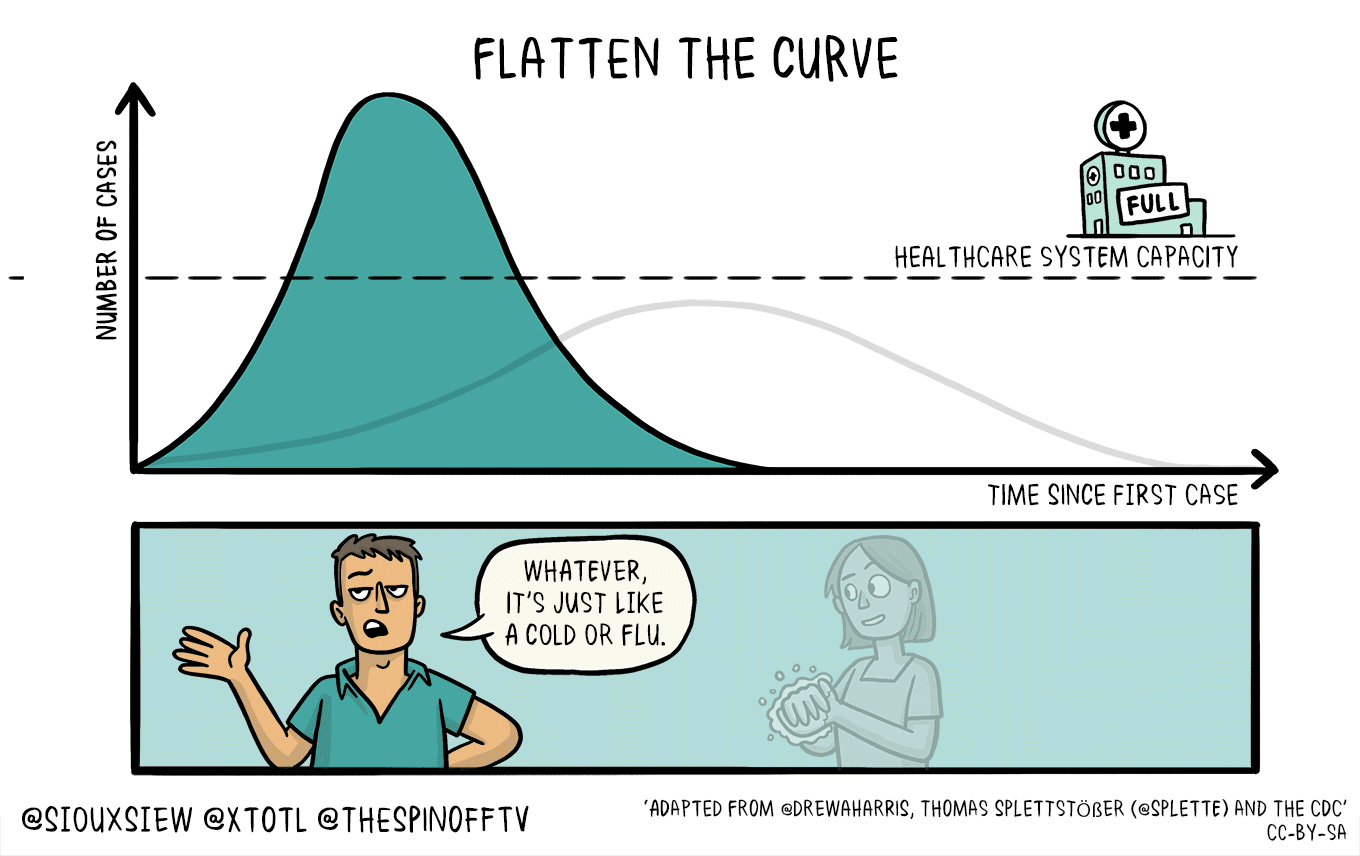
Coronavirus is obviously on everyone's mind, and with many college campuses being flooded with students coming back from spring break, academic institutions are weighing their options. We've already seen responses ranging from canceled events to entire campus shutdowns, and some degree of disturbance is unavoidable. But what's the right move?
While public health should obviously be the primary concern, there are other things campuses seem to be balancing. Doing a full-blown campus shutdown, complete with kicking students out of dorms and sending them home, has myriad issues. What do international students who can't or shouldn't travel back to their countries do? What about students who don't have a home to go to domestically, or who rely on campus food supplies and health care? Will students receive partial refunds for tuition or housing costs? And if classes are fully canceled (not run remotely), universities could face complaints and blowback from students who argue that they are paying a lot of their education and should have full access to them, public health be damned.
Going remote - holding virtual classes - is a good (if imperfect) middle ground, allowing students to continue getting the education they paid for. Some courses like chemistry with in-person lab requirements might be more difficult to adjust, but if that's the cost of public health and slowing the spread of coronavirus, we just have to deal with that. It has worked well in other countries like China, balancing education and containment. Obviously, there are challenges to this; many instructors at U.S. institutions don't have experience with or resources for teaching remotely. On Twitter, there has been a collective effort from faculty to share tips, materials, and tools for switching to online teaching; crowdsourcing is shaping up to be a powerful tool for making this transition. Courses that are already be less lecture-oriented (such as those with more active learning, and/or flipped classrooms) might make the transition more readily. Going remote at short notice will be imperfect and difficult, but it's the necessary move. The Education Department has even been working to ease restrictions for what online courses count for — particularly a concern for international students, for whom online credits may not typically count.
But campuses should be going remote as soon as possible, not waiting until they have a first positive test on campus. Especially if students are coming back or are already back from travel over spring break, it seems obvious that instituting at least a two-week remote period (to account for the 14-day incubation period) is the safest option. Although I understand the need to get organized and come out with a coherent, calm plan, university responses should be faster. Without a two- or three-week remote period, the scope of the problem will not only be clear, it will be bigger.
Not only that, universities' messages to students need to be clear and firm. Although our departments, faculty, and graduate students have been telling students to stay home if they are sick, comments on r/uofm and my own experiences on campus have shown that students just don't believe us when we say that we want them to stay home and that homework/attendance policies will be flexible and lenient.
That's a problem.
If students don't believe our messages regarding attendance policies, they'll keep coming. Their grades are everything. (That also reflects the larger problem of American workaholism, but that's a conversation for another time.) They're also young and, for the most part, healthy, so there are troubling attitudes of, "Eh, it's just the flu, I'll be fine." Concern for people who are at higher risk needs to be included in our messages - if not for you, then for your parents, your grandparents, the people in your community who you need to protect.
Universities need to act now, before it's too late and campus healthcare resources become completely swamped. Before the faculty, graduate students, and staff running the campus get sick and are unable to lead classes. Before illnesses spread off-campus, too, infecting the larger community and including those at risk of developing more serious cases.
We need to go remote, and we need to do it now.

'Flatten the curve' refers to the difference in the number of cases, as well as the healthcare system's capacity to effectively treat cases, in a "business as usual" scenario (blue curve) vs. actively preventative scenario (orange curve). Preventative measures lead to slower virus spread, letting healthcare institutions handle a more reasonable number of cases as opposed to a sudden spike early on. Share this gif with your friends, family, and followers with #FlattenTheCurve.